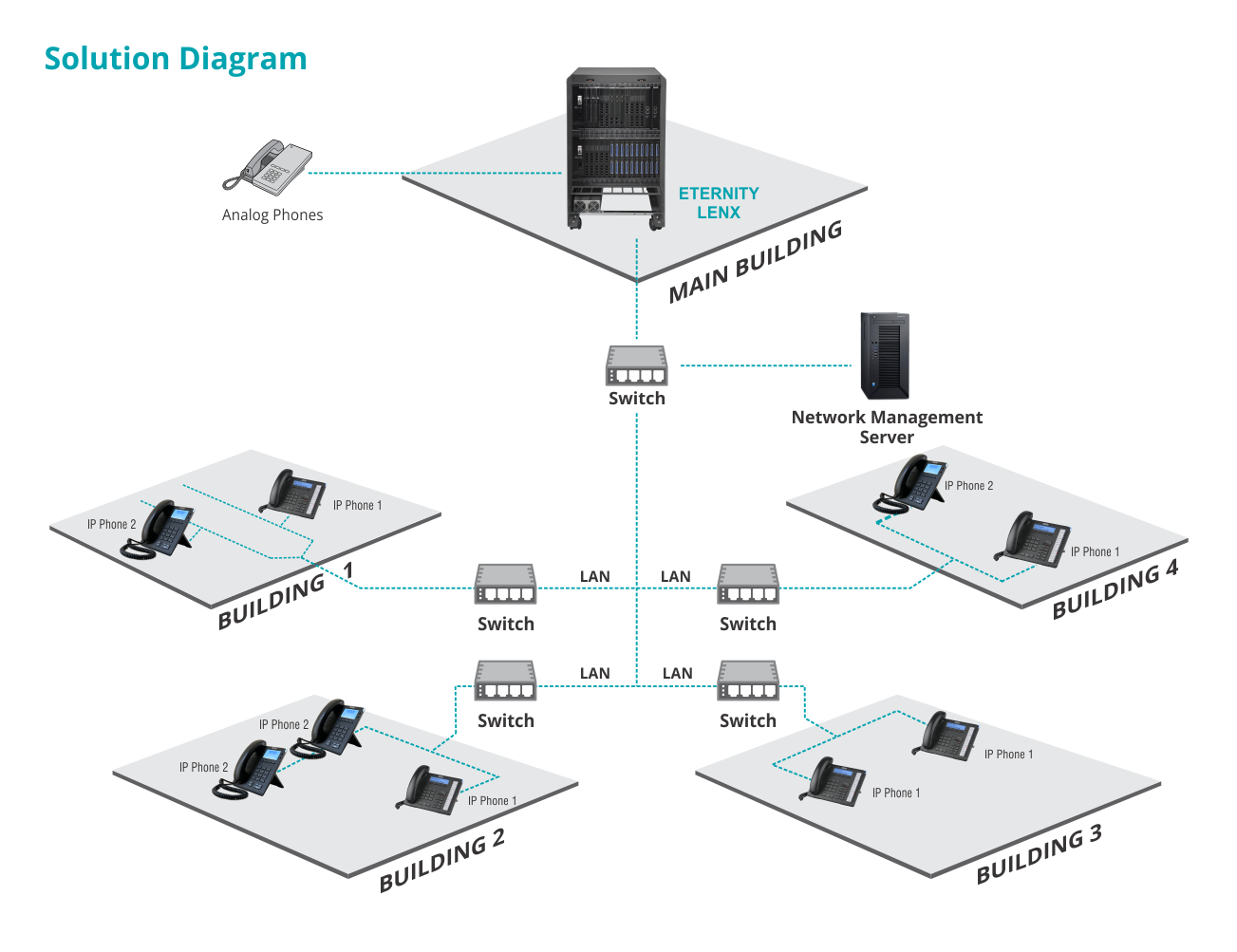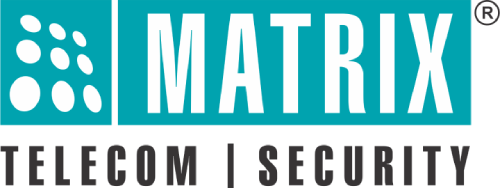
The Client is the High Court of one of the largest states of India. Formed under the Indian High Courts Act passed by the British Parliament in 1861, the court continued its function as per the Constitution of India after 26th January 1950, as the Constitution of India came into force. At present, the sanctioned strength of Judges is 160.
The High Court stands as one of the most bustling institutions within the array of government institutions. Its operational efficacy hinges significantly on the effectiveness of its communication methods and technologies. However, over time, these communication tools have become outdated, failing to align with the evolving needs of this esteemed public institution. The essential requisites for an updated communication system include:
- Integration: The current devices operate on a conventional network framework. Given the imperative of preserving the existing infrastructure, the solution necessitated a design principle centered on leveraging the current infrastructure.
- Scalability: The proposed solution also needed to enhance user capacity by leveraging the current network to accommodate the expanding user base and their requirements.
- Feature-rich: In addition to scalability and efficiency, the communication system requires an array of features to meet the diverse needs of its users.
- A unified ecosystem: It was imperative to establish an integrated environment where communication flowed seamlessly, transcending barriers, particularly across departments and buildings within the High Court complex.
Matrix ensured that the unified communication solution delivered to the High Court met their exact specifications. Great attention was given to elevating their communication efficiency to new heights. The key components of the solution are summarized as follows:
- The high court complex comprises four auxiliary buildings in addition to the main structure. At the heart of the communication system lies the Matrix ETERNITY LENX, a hybrid PBX situated within the main building. Numerous analog phones are seamlessly connected to this central device within the main building.
- A network switch linked to the ETERNITY LENX facilitates a LAN connection, allowing for multiple connections to various buildings within the complex.
- Building 1 and Building 3 are equipped with multiple SPARSH VP510 IP Phones, interconnected via a network switch over LAN to the main building.
- Building 2 and Building 4 feature a combination of SPARSH VP510 and VP210 IP Phones, interconnected via a network switch over LAN to the main building.
- A network management server was also integrated into the solution.
The high court’s challenges and requirements were meticulously met through Matrix Unified Communication and Hybrid Communication solutions. These solutions facilitated seamless communication both across and within buildings, thanks to a suite of modern features integrated into the system. Moreover, the scalability ensured that the solution remained future-proof. Now, let’s delve into how this solution significantly enhanced the functioning of the High Court.
- Investment Optimization: The Matrix Solution seamlessly integrated with the current network infrastructure, resulting in a significant reduction in additional investment requirements by leveraging existing resources.
- Collaboration: The unified communication solution enabled seamless collaboration between 4 buildings along with the main building, thus ensuring the transfer and receiving of information without any disruption.
- Modern features: The high court was now equipped with a modern set of features through Unified Communication solution and Hybrid Communication solution. Auto Call back, Call forward – scheduled, Call forward – Department group, etc are some host of features that the High Court is now equipped with.
- Operational Efficiency: The Solution enabled a seamless flow of information improving the work process in manifolds. As a result, the high court is now witnessing a rise in operational efficiency.

- Matrix ETERNITY LENX: Hybrid PBX
- Matrix SPARSH VP210: Entry-level Gigabit Phone
- Matrix SPARSH VP510: IP Deskphone

